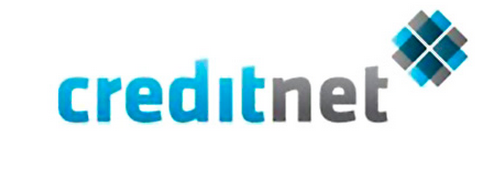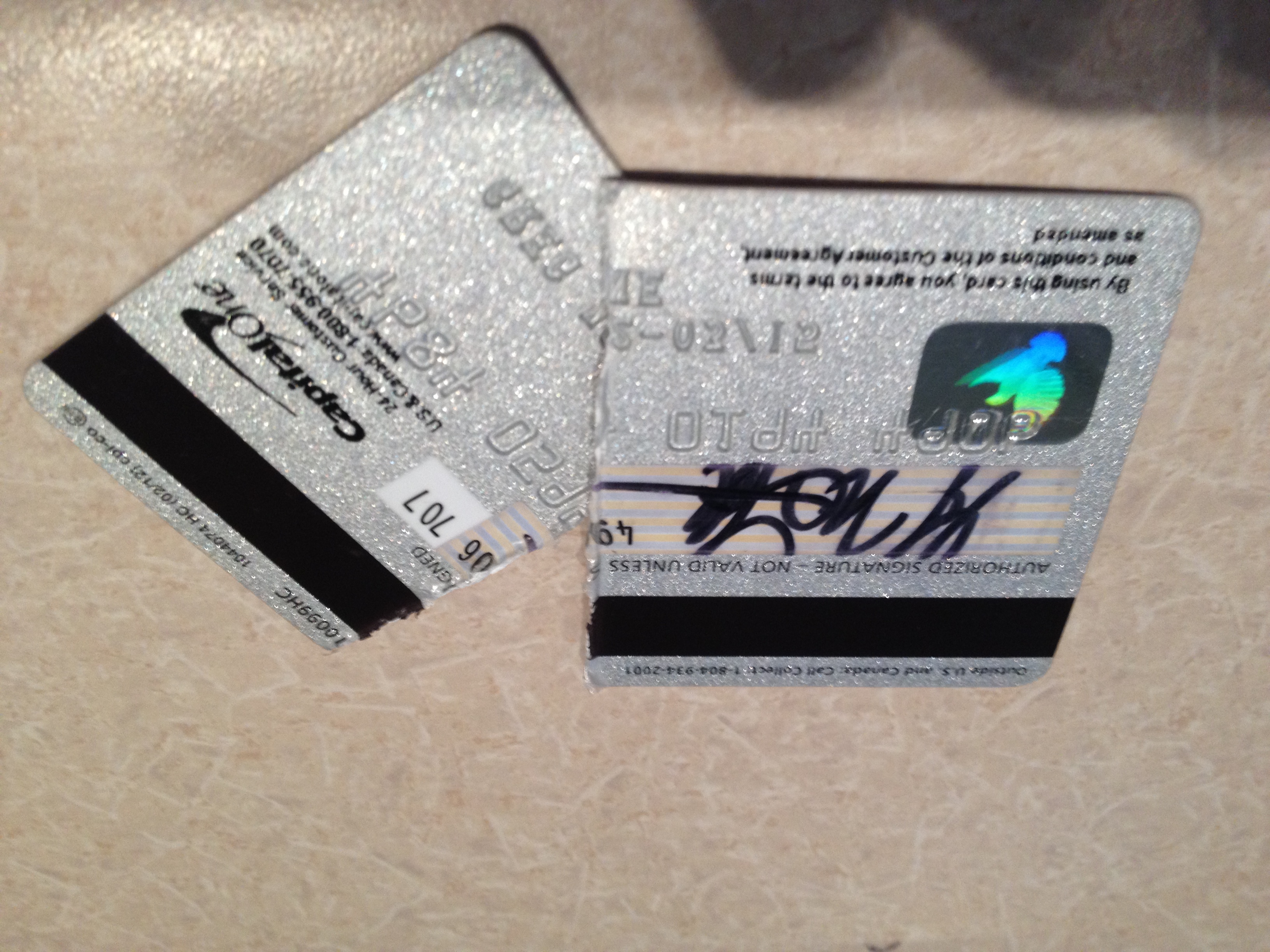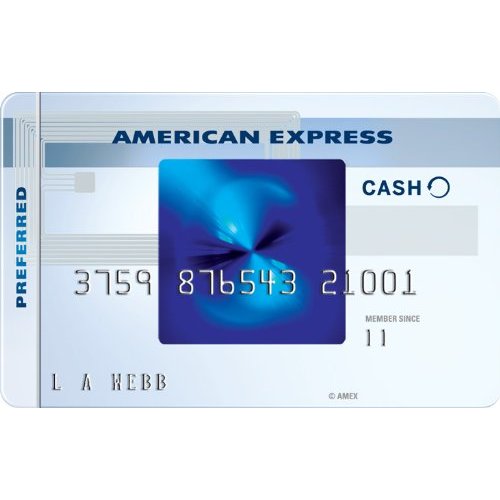Guest post time! This one was written by Jason Bushey. Jason is a full-time personal finance blogger, and he runs the credit card comparison website Creditnet.com. Not only that, but we agree with just about everything he says. You read now:
Google the term “free credit cards” and you’ll see close to 500 million results displayed. Some results are legitimate, others not so much.
So is there really such a thing as a free credit card? Technically yes, but it’s really up to the cardholder to determine how long that card stays “free”. If it’s free credit cards you’re after, the key to your search is to identify and ultimately dodge the following fees…
Annual Fees
The easiest fee for consumers to identify is the annual fee. Any card that requires an annual fee is decidedly not free. That said, not all annual fees are a ripoff. In fact, some of the top credit card offers on the market require a marginal annual fee (usually under $100), and often that fee is waived the first year of cardmembership.
Noting the demand for no annual fee credit cards in today’s market, some credit card issuers – including American Express, Barclaycard and Chase – have released two versions of the same cards, one that requires an annual fee and one that does not. In each instance, the card that requires the annual fee is superior in just about every category beside, well, the annual fee.
That said, there are some superb credit card offers on the market today that require no annual fee. If you’re in the market for a card that’s essentially free to carry, make sure to avoid annual fees.
Foreign Transaction Fees
More under-the-radar are foreign transaction fees. For consumers that never leave the homeland, these fees are of no concern. But if you do plan on taking your credit card abroad, than you should absolutely consider a card that requires no foreign transaction fees.
Often, foreign transaction fees range from one to three percent per dollar spent, which can add up tremendously over the course of a trip. Before going abroad, identify whether or not your card requires foreign transaction fees and – if so – consider leaving it behind and applying for a new card that does not charge these fees.
Late Fees
Then there are late fees. If you pay late, you’re more than likely going to get hit with a fee, and that doesn’t even take into account the knock your credit score could take if you default on the payment completely. (Don’t pay late. Ever.)
There’s actually one card that never charges late fees – Citi Simplicity®. This card is actually notorious for its lack of fees, since there’s also no annual fee and no APR hikes if you’re late on a payment. Another card that’s light on fees is the Discover it® card, since it waives the first late payment fee (though it’s up to $35 thereafter). This card also requires no annual fee and no foreign transaction fees.
That said, these cards are very much the exception rather than the rule. If you don’t want to pay credit card fees, don’t pay late. It’s that simple, really.
Paying Interest
Finally, there are interest fees. The higher your balance and the higher your interest rate, the more you’re going to pay in interest. Here’s where determining whether or not a credit card is and remains “free” really comes down to your practices as a consumer.
If you carry a balance after your 0% introductory period has expired, you’re unfortunately going to pay interest. And since APR’s generally hover anywhere from 10 to 29.99 percent (according to LowCards.com, the averaged advertised APR for credit cards is currently 14.25 percent), you could be paying an exorbitant amount in interest each month if you carry a balance. Interest rates make paying down debt arduous and at times seemingly impossible, especially when the minimum payment barely covers any of the interest required.
The only way to maintain an essentially free credit card is to pay your balance on time and in full each month. If you don’t, you could end up falling into the pratfalls of credit card use, which includes accumulating debt, missing payments and ultimately going medieval on your credit score.
In conclusion…
Fact: Free credit cards do exist in theory, but it’s up to you to keep them that way.





